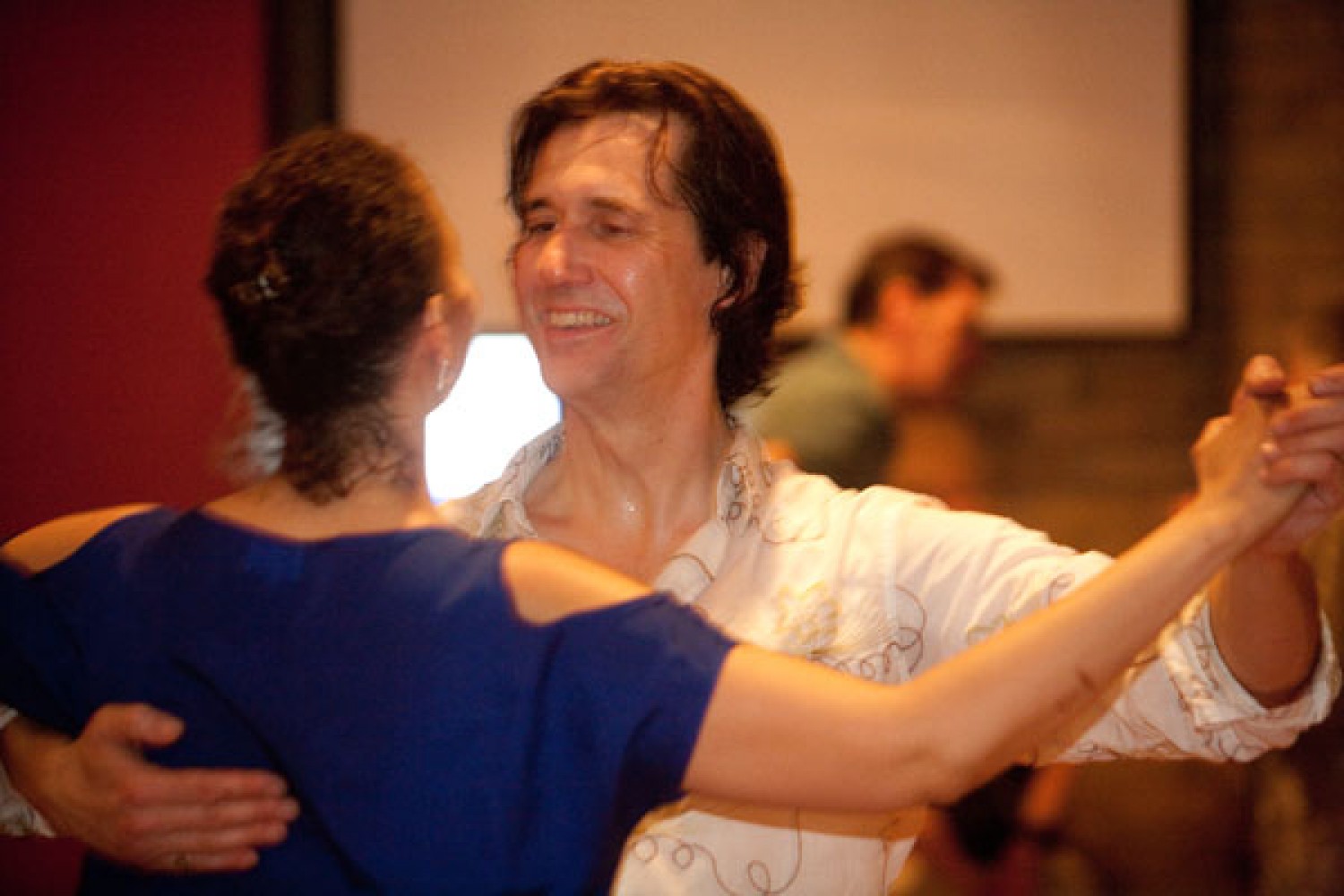The Beginner’s Guide to Foxtrot Dancing

A romantic and classy waltz is great, but sometimes we want to add a little play and fun to our classiness. This is where foxtrot comes in, though be warned: This dance is easy to learn at first, but it takes a lifetime to master.
As with the salsa and rumba, there’s plenty of similarities between waltz and foxtrot:
- Dress classy: A long skirt with a fitted top for the ladies, and dress pants and shirt for the men.
- They both progress around the floor in a counterclockwise direction, with the more experienced dancers towards the outermost track.
- Neither dance uses the hips independently of the body. Put away that Latin hip action.
- Both dances use rise and fall, although this is less pronounced in foxtrot.
- Like most ballroom styles, there is American and International styles of movement. We’ll summarize some of the key differences below.
By now, you should have all the basics of how to prepare for your first class (don’t remember? Go back to my article on waltz dancing). Let’s jump right into what you can expect as the class progresses.
First, beginner foxtrot uses a lot of forward and backward movements, making it a bit more “direct” initially than the meandering waltz. As you progress beyond the basics however, you’ll start to play with the different angles of the room more.
No need to Over-think the steps right now – just walk naturally, rolling from heel to ball of the foot. When traveling backwards, take the opposite approach, releasing the ball from the ground and dragging the heel back towards you. In other words:
- Moving foot is behind you = Ball of the foot on the ground
- Moving foot passing underneath you – Whole foot is on the ground
- Moving foot is ahead of you = Heel of the foot on the ground
Okay, let’s talk timing: A foxtrot song in it’s most basic form uses a drum alternating slowly with a hi-hat (creating a “boom-tic”) sound. (The hi-hat, by the way, is the pair of foot-operated cymbals, usually elevated above the drum kit.)
Many people can hear the higher “tic” of the hi-hat, and take their first step when they hear it, but it’s actually the “boom” you want to start on. If you can’t hear it, try timing the space in between the “tics”, and step into that spce.
Good news for American-style foxtrotters: You don’t have to start each pattern on the “1”, although it’s nice if you can begin the dance that way. Beginner American foxtrot patterns typically finish before a musical phrase (the 8-count) finishes. So as long as you start a new pattern on the “boom”, you’re golden.
Also, American foxtrot begins with a slow-slow-quick-quick timing, but later patterns use a slow-quick-quick instead. No, you can’t just interchange the timing for the same pattern. International dancers use the slow-quick-quick right from the beginning, so breathe a sigh of relief if you’ve nailed that down.
By the way International dancers, you’ll need to get comfortable stepping on and off your partner’s “track”, sometimes placing you alongside them. This is called “Outside Partner Position”, requiring you both to twist your upper body to keep a good connection through your arms.
In general, the steps in foxtrot are easy enough, but the technique definitely has more of a learning curve. Since international dancers delve deeper into the technique from the beginning, you might not want to make this your first dance unless you’re a glutton for punishment.
If you haven’t been scared away yet, check out our Ballroom and Latin page for more information on the next beginner foxtrot class.
With December just around the corner, let’s wrap the month next week with a dance that’s truly like no other: West Coast Swing!
About the Author
Ian Crewe has been dancing ballroom for over 18 years, and has a Licentiate in American smooth and rhythm. His passion for dance eventually led him to blogging and the World Wide Web. Ian currently teaches at the Joy of Dance Centre, Toronto, ON, Canada.

